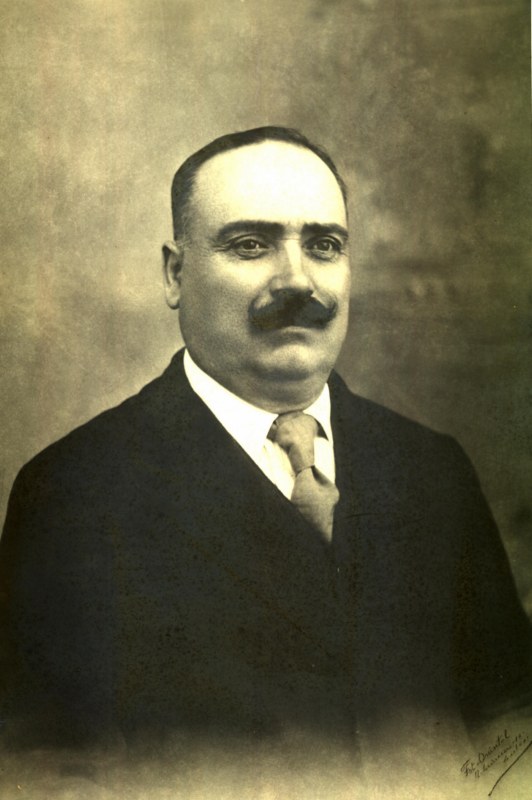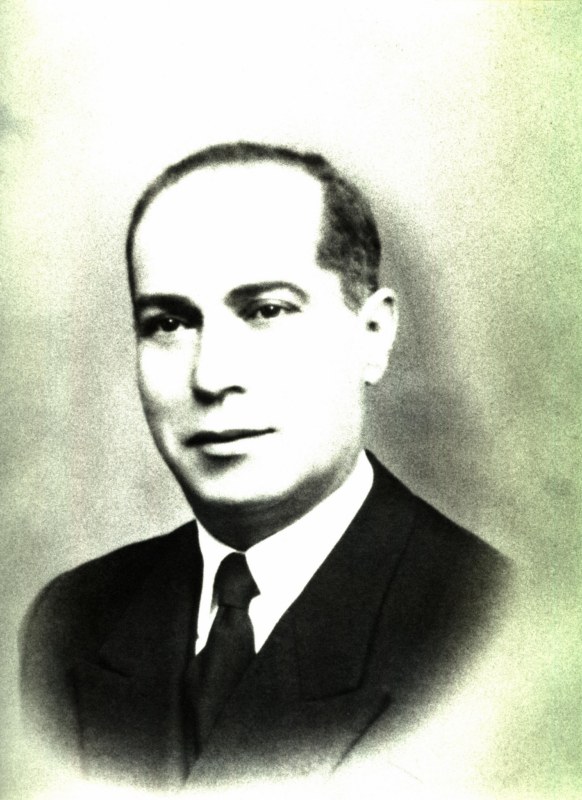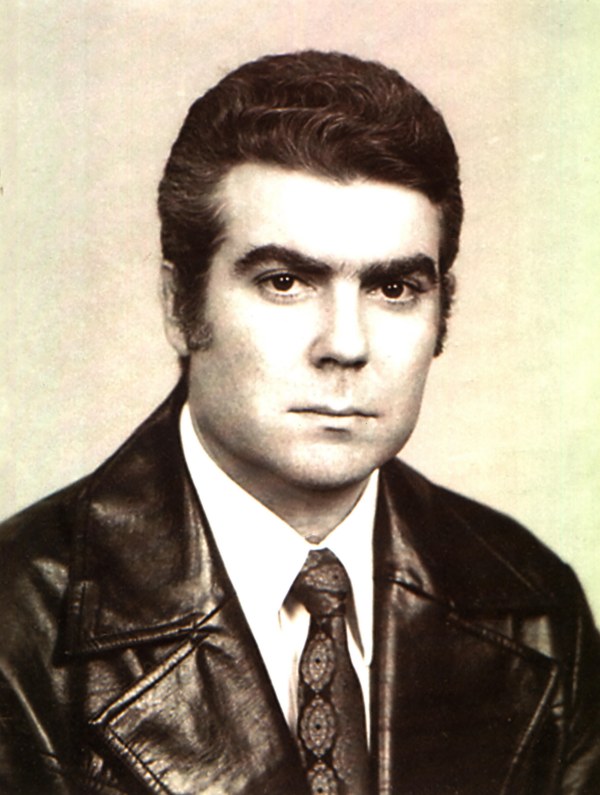Know more:
Gilberto Grácio
(N. 12 May, 1936 - M. May, 1936)Gilberto Marques Grácio was born on the 12 May 1936 in Lisbon, at the Encarnação parish. When he was only 12, he began to make musical instruments at his father’s workshop in Cacém, continuing an activity started by his grandfather.
At 14 he began to buy the materials for his father’s workshop, sharpening the tools and learning how to identify different woods, a key material for making chord instruments. At 17 he made his first instrument on his own – a Spanish guitar that he still has. In childhood Gilberto Grácio already enjoyed to handle wood and made small pieces with remains from tops. These however were made without his father’s knowledge, as he had to "hit" the tool box without his consent.
He learned music and used to play Spanish guitar and mandolin. Today he no longer plays, only tunes up instruments.
He fell in love with fado at the age of 6, at “Adega do Ramalho”, a fado house in Cacém where the Conde de Sabrosa – husband of Maria Teresa de Noronha, used to play.
Truly a self-taught craftsman, never reading any books on guitar making, his hands have produced incomparably beautiful and perfect Portuguese and Spanish guitars of proven sound quality, acquired by virtually all professional musicians – such as Artur and Carlos Paredes, António Chaínho and even Jimmy Page (who asked him to make a Portuguese guitar for him), among other musicians. Making one Portuguese guitar takes 180 hours of work, the same roughly applying to a Spanish guitar. He has made more than one thousand instruments with his own hands.
He collaborates with several light orchestras and used to work for them. He also worked for a lighter variation of Portuguese music, including Rui Veloso, Fausto, Paco Bandeira, Paulo de Carvalho, Sérgio Godinho, among others. In this context, he made two electric guitars.
Between 1997 and 2000 he was a teacher at Oficina Romani, set up by the Institute for Employment and Vocational Training, a school prepared for Roma students.
On the 15 September 2003 he opened a vocational training workshop, supported by the Institute for Employment and Vocational Training and the Oeiras Town Council. The facilities belong to the municipality and are located at Alto da Loba, in Paço de Arcos.
In order to prevent tradition from dying, Gilberto Grácio is devoted to teaching his art to his trainees, the future makers of music instruments. In his view, it is critical for a maker "to have sensitivity and art, in addition to strong will. This is not exactly a joiner’s or carpenter’s work." With a view to perfecting his art, his method consists in teaching his students to make first a Spanish guitar, considered simpler. Only then are they taught to make a Portuguese guitar.
As a result of so many years of devoted work, the Grácio guitars now have a special timbre and sound, recognised by all great names of fado – both musicians and singers.
The work of the best and oldest maker of Portuguese guitars has been acknowledged. The Sintra Town Council, by the hand of Mayor Edite Estrela, and the Cacém District Board have decorated him.
On the 5 October 2002 President of the Republic Jorge Sampaio also decorated him with a Commendation.
Source:
Caldeira Cabral, Pedro (1999) "A Guitarra Portuguesa", Col. "Um Século de Fado", Lisboa, Ediclube;
"30 Dias", Roteiro da Câmara Municipal de Oeiras, January 2004;

João Pedro Grácio (avô de Gilberto Grácio), s/d.

João Pedro Grácio Junior (pai de Gilberto Grácio), s/d.
